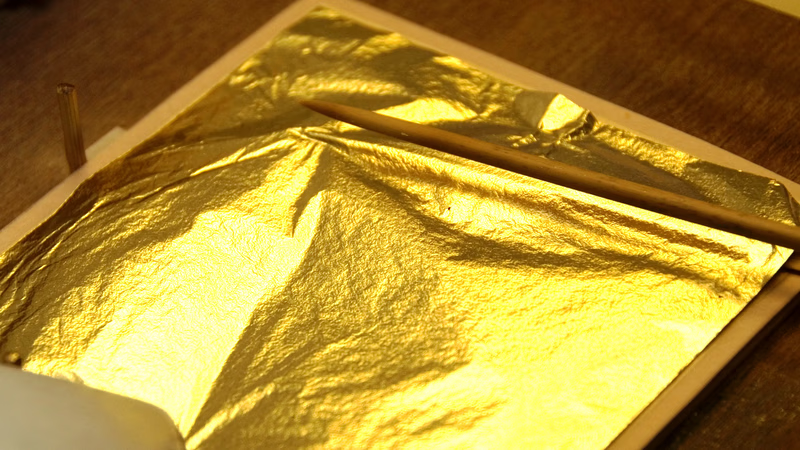
Gold artifacts showcase West Asia"s rich trade history. "
West Asia was home to several ancient civilizations that played a crucial role in the discovery and trade of gold. Mesopotamia, located in present-day Iraq, was one of the earliest civilizations in the region. Gold artifacts dating back to around 3000 BCE have been found in Mesopotamian archaeological sites, indicating the presence of gold in the region during that time. Although geographically part of Africa, Ancient Egypt's influence extended into the eastern part of the Mediterranean, making it an important player in the gold trade of West Asia. The Egyptians had a deep fascination with gold and considered it a divine and precious metal. Gold was mined from the Nubian Desert and the Eastern Desert of Egypt. The gold was used for various purposes, including jewelry, ceremonial objects, and as a medium of exchange in trade.
The Persian Empire, which emerged in the 6th century BCE, encompassed a vast territory in West Asia. The empire had significant gold resources, particularly in regions such as Lydia (in present-day Turkey) and Bactria (in present-day Afghanistan). The Persian kings, such as Cyrus the Great and Darius I, accumulated vast amounts of gold, which they used to finance their military campaigns and build grand cities and monuments. With the rise of Islam in the 7th century CE, the Arab Caliphates, including the Umayyad and Abbasid Caliphates, established vast empires in West Asia. Gold played a crucial role in their economies and trade networks. The Arab Caliphates controlled key trade routes that connected Asia, Africa, and Europe, allowing for the exchange of goods, including gold. Baghdad, the capital of the Abbasid Caliphate, became a center for gold trade and craftsmanship.
When Spanish explorers first arrived in the New World, they met with Native Americans. The two cultures were separated by a vast ocean, they had never met, they spoke different languages, and they did not live completely different habits. However, they had one thing in common: they both respected gold and used it to build some of their most important objects. Very high luster, good yellow color, rust resistance, good malleability are all characteristics of an attractive metal that is easily used in beautiful objects. Another very important factor that requires the use of gold as a jewelry metal is the tradition that expects important objects to be made of gold.
Throughout history we have used this metal for wedding rings, Olympic medals, Oscars, art and church crosses, and so far no other material has been able to occupy the prominent place of this metal in human society. Gold is a relatively rare element and a precious metal that has been used as a neutron reflector in nuclear weapons (w71) and for coins, jewelry, and other arts throughout history. In the modern world, high flexibility, resistance to corrosion and other chemical reactions, and electrical conductivity have led to the continued use of this metal in corrosion-resistant electrical connections in a variety of computer devices (its main industrial application).
It is also used in infrared protection, the production of stained glass, yellow plates and tooth restoration. Some gold salts are still used as anti-inflammatory in medicine. Since 2017, China is the world's largest gold producer with 440 tons per year. One gram of gold can be converted into a sheet of 1 square meter. Gold foil can be thin enough to be translucent, the light transmitted in this state appears greenish blue, because the metal reflects intensely yellow and red.
Such translucent sheets also strongly reflect infrared light, making them useful as infrared shields (radiant heat) in heat-resistant clothing and space clothing. This metal is a good conductor of heat and electricity. Pure gold is very soft to withstand the pressures of many jewelers. Artisans have learned that gold alloys with other metals such as copper, silver and platinum increase its durability. Since then, most gold alloys with one or more other metals have been used to make jewelry.
The Ottoman Empire, which spanned from the 14th to the early 20th century, exerted significant influence over West Asia, North Africa, and southeastern Europe. The empire controlled important gold-producing regions, including Anatolia (in present-day Turkey). Istanbul, the capital of the Ottoman Empire, became a major hub for gold trading, attracting merchants and traders from various parts of the world. In the 20th century, several countries in West Asia gained independence from colonial powers and emerged as sovereign nations. Some of these countries, such as Saudi Arabia, Iran, and the United Arab Emirates, have significant gold reserves and continue to play a prominent role in the global gold market. Dubai, in particular, has developed into a major gold trading center, hosting gold souks, refineries, and the Dubai Gold and Commodities Exchange.
-
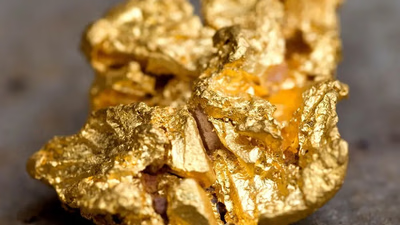
Understanding the intricacies of buying and selling jewelry and gold is crucial for successful transactions. Key factors include recognizing different types of jewelry, such as fine, fashion, and antique pieces, as well as understanding gold"s purity, weight, craftsmanship, and market trends. Authenticity verification is essential; look for hallmarks indicating metal purity and request certificates for gemstones from reputable labs. Assess the condition of items carefully, considering aspects like damage and overall craftsmanship. Negotiation skills are vital; clearly communicate expectations and document transaction details to prevent disputes. Security during transactions should not be overlooked—conduct them in reputable locations and consider secure payment methods. Familiarity with legal regulations regarding jewelry sales in your area is also important. In the Middle East, 18-carat gold is preferred due to its balance of quality and value.
Buyers should be aware of the emotional significance of jewelry while also staying informed about market prices to ensure fair transactions. Engaging with trustworthy sellers or buyers can enhance the experience and lead to better deals. "
-
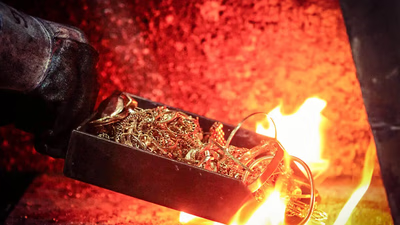
Western Asia"s jewelry making is characterized by a blend of traditional craftsmanship and modern techniques. Each region showcases unique styles, with methods like filigree and engraving being prevalent. Jewelry serves not only as adornment but also reflects cultural identity and social status, playing a vital role in weddings and religious ceremonies. Major cities such as Istanbul and Dubai are key players in the jewelry trade, with Dubai being a significant hub for gold and diamond transactions. Wages for jewelry makers vary across the region; in the UAE, they range from AED 2,000 to AED 6,000 monthly, while in Saudi Arabia, they range from SAR 3,000 to SAR 7,000. Turkey"s wages fall between TRY 2,000 to TRY 5,000. The complexity of designs influences wages significantly; handcrafted pieces command higher prices compared to machine-made items. The global demand for unique jewelry continues to rise, with Western Asia exporting significant quantities of gold and diamond pieces that highlight its rich craftsmanship. The influence of Islamic art is evident in many designs, incorporating geometric patterns and calligraphy that reflect cultural heritage.
-
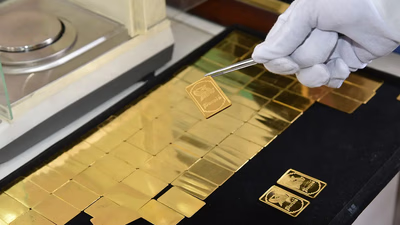
Factors influencing gold prices include global economic conditions, interest rates, inflation, currency fluctuations, and geopolitical tensions. Historical data analysis reveals patterns that can inform future price movements, although past performance is not a guarantee. Technical analysis of price charts and indicators aids in identifying trends and potential targets. Broader macroeconomic factors such as economic growth rates and trade dynamics also play a role in shaping investor sentiment towards gold as a safe-haven asset. Recent trends show a positive outlook for gold, with analysts predicting prices may reach $1,800 soon but face challenges ahead. Research firm Murenbeeld & Co forecasts average prices of $1,806 in Q2 2021 and $1,900 by Q1 2022. However, uncertainties surrounding the economic recovery and inflation persist. The rise of Bitcoin poses competition for gold"s market value, with analysts noting a 2.
5% reduction in gold"s value due to Bitcoin"s increase. Understanding supply-demand dynamics is crucial; factors like production levels and investment demand significantly impact pricing. Staying informed through expert opinions and market forecasts is essential for navigating the complexities of gold pricing. "
-
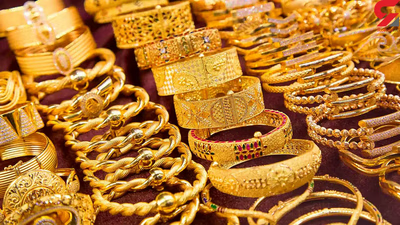
Jewelry trading in West Asia offers various avenues, including established jewelry stores, traditional gold souks, and private sales through personal networks. Reputable stores provide a wide selection of high-quality pieces and knowledgeable staff to assist buyers. Gold souks, like Dubai"s famous Gold Souk, offer extensive options but require caution to ensure authenticity. Networking plays a crucial role in accessing exclusive pieces through private sales. Trade shows and exhibitions are valuable for discovering new designers and establishing industry connections. Buyers should prioritize reputable sources to avoid issues with gemstone quality and pricing discrepancies. The sale of gold differs from jewelry, with specific pricing structures based on daily rates and seller profits. E-commerce platforms have gained popularity for jewelry purchases, but buyers must research sellers thoroughly to ensure secure transactions.
Auction houses also present opportunities for acquiring unique pieces but require knowledge of the auction process. "
-

West Asia has a rich history of gold discovery and trade, dating back to ancient civilizations like Mesopotamia, where artifacts from around 3000 BCE were found. Ancient Egypt also played a significant role, mining gold from the Nubian and Eastern Deserts for jewelry and trade. The Persian Empire further contributed to gold accumulation, with kings using it to finance military campaigns. The rise of the Arab Caliphates in the 7th century CE established key trade routes that facilitated gold exchange across Asia, Africa, and Europe, with Baghdad emerging as a center for gold craftsmanship. Gold"s allure continued through history, being used in various important objects and maintaining its status as a precious metal. In modern times, China has become the largest producer of gold, while countries like Saudi Arabia and the UAE have significant reserves. Dubai has evolved into a major trading hub for gold, showcasing its ongoing importance in global markets. "
-
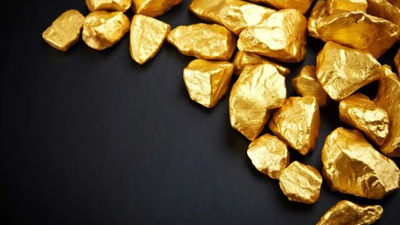
Gold has been a valuable medium of exchange for over 6,000 years due to its rarity and durability. While its use as currency has diminished, gold remains integral in various industries, particularly electronics. It is a key component in devices like smartphones and computers, where it serves as a reliable conductor that resists corrosion. The demand for gold in electronics is significant, with billions of mobile phones produced annually, each containing small amounts of gold. Additionally, gold"s applications extend to dentistry and medicine, where it is used for fillings and certain treatments. In aerospace, gold"s unique properties make it essential for spacecraft components, reflecting infrared radiation and acting as a lubricant in vacuum conditions. The increasing need for advanced materials suggests that the demand for gold will continue to rise, further solidifying its value in the global market.
-

Identifying second-hand gold jewelry involves examining its physical condition and markings. Look for signs of wear such as scratches, dents, or tarnish, particularly on areas prone to damage like clasps and ring backs. A patina may indicate age, but some prefer this aesthetic. Repairs can also signal pre-ownership; check for solder marks or resized bands. Hallmarks provide insight into purity and age, but be cautious of forgeries. The gold"s carat indicates its purity level, with 24 carat being pure gold, while lower carats contain other metals for durability. Different regions have varying standards for gold grades; for instance, 18 carat is common in Iran while Arab countries often use between 20 and 24 carats. New jewelry typically comes with packaging and documentation that may be absent in second-hand pieces.
Pricing can also be a clue; second-hand items are generally less expensive than new ones. Always consider the source when purchasing to ensure authenticity. "
-
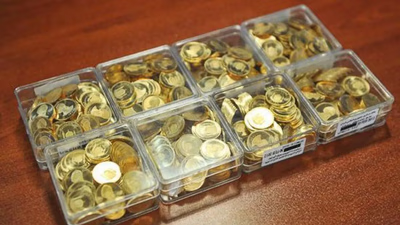
West Asia has long been a pivotal center for gold trading, leveraging its strategic location to facilitate trade between Europe, Asia, and Africa. Historical empires like the Persian Empire and the Ottoman Empire significantly influenced the development of this market. Gold is culturally significant in West Asian societies, symbolizing wealth and status, often exchanged during weddings and celebrations. Major trading hubs include Dubai, Istanbul, and Manama, which attract global buyers and sellers. The region boasts a robust financial infrastructure supporting gold investments through bullion banks and gold ETFs. Middle Eastern central banks maintain substantial gold reserves to diversify their holdings and stabilize currencies. Countries like the UAE, Saudi Arabia, and Turkey are notable for their significant reserves. Gold"s unique properties—its resistance to corrosion and tarnishing—make it a preferred choice for jewelry, particularly wedding bands.
The demand for gold surges during festive seasons such as Eid and Diwali, reflecting its status as a store of value. Additionally, West Asia is celebrated for its exquisite gold craftsmanship, with skilled artisans creating intricate designs that enhance the allure of gold jewelry. "








